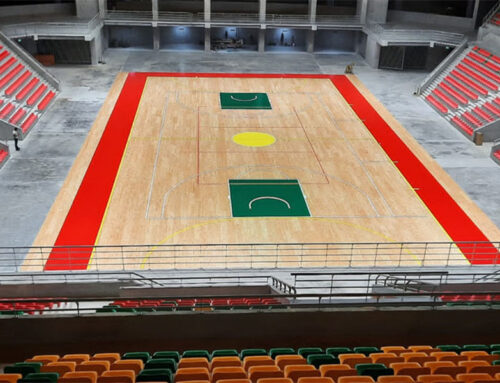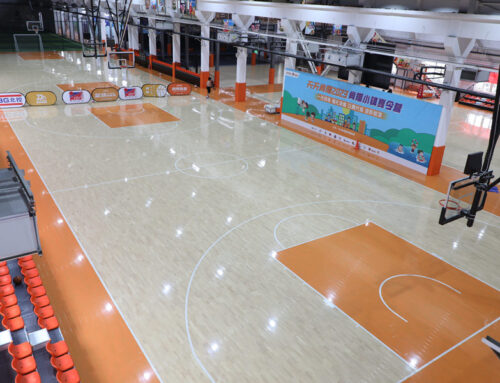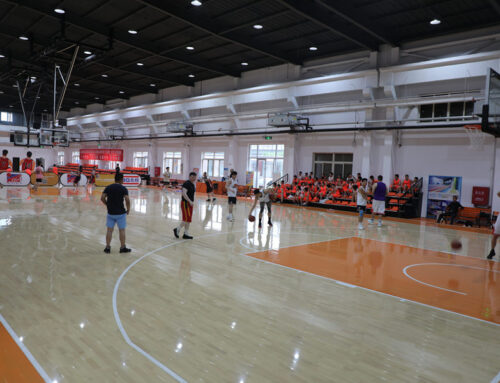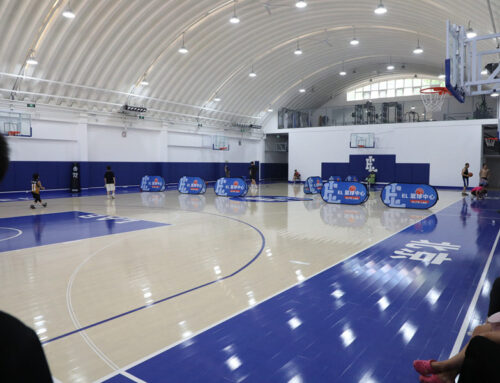Alright, let’s talk about wood sports floors!
You know, I’ve always been a fan of that classic, polished look of a wood floor. It just screams “sports!” to me. But I’m not just talking about aesthetics here. Wood floors are actually a pretty big deal in the world of sports. They’re known for their performance and durability, making them a top choice for basketball courts, volleyball courts, even dance studios and gyms.
Now, when we’re talking wood sports floors, we’re usually talking about maple. This isn’t just some random wood selection – maple is like the superstar of the sports flooring world. It’s strong, it’s resilient, and it offers that perfect balance of shock absorption, bounce, and traction. You know, those things that are super important for high-intensity sports.
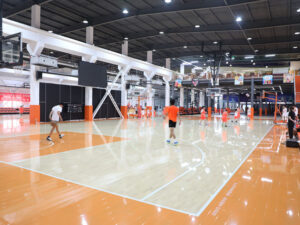
But let’s rewind a bit. I mean, why are wood floors so good for sports in the first place? It’s not just about the cool factor. It’s all about the benefits:
Shock absorption: This is crucial to protect players from injuries, especially when they’re jumping and landing repeatedly. Imagine a hard concrete floor – ouch! But with a wood floor, the impact is cushioned, which helps reduce the risk of stress on joints and muscles.
Bounce: Wood floors are known for their springy nature, giving athletes that extra boost when they jump. It’s like having a little spring in their step – literally!
Traction: You don’t want athletes slipping and sliding all over the place. A good wood floor provides the right amount of traction for players to move quickly and confidently without losing their footing. Think about basketball players dribbling or volleyball players diving for the ball – they need that grip!
Durability: Wood floors are built to last. We’re talking about a flooring that can stand up to heavy traffic, impacts from basketballs, volleyball spikes, and even the occasional dance move gone wrong.
And when it comes to durability, a lot depends on how you maintain your wood floor. It’s not just a “set it and forget it” kind of thing. Regular cleaning and maintenance are super important to keep your floor in tip-top shape. You don’t want your floor getting all scratched up or warped, right?
Now, you’re probably wondering, “What about other types of flooring for sports?” Well, there are alternatives out there, like rubber tiles or synthetic materials. But honestly, wood still holds a special place in the sports flooring world.
Let’s break down the differences in a quick table:
| Flooring Type | Pros | Cons |
|---|---|---|
| Wood | Durability, shock absorption, bounce, traction | Requires regular maintenance, can be more expensive than other options |
| Rubber Tiles | Easy to install, affordable, slip-resistant | Can be less durable than wood, may not offer the same bounce or shock absorption |
| Synthetic Materials | Durable, low maintenance, available in various colors | May not offer the same natural feel as wood, can be harder on the joints |
So, there you have it! Wood sports floors are like the classic, reliable choice for sports facilities. They’re built to last, they offer a great playing surface, and they just have that “wow” factor that makes you feel like you’re stepping onto a professional court.
But hey, everyone has their own preferences. What do you think is the best type of flooring for sports? Tell me your thoughts!

